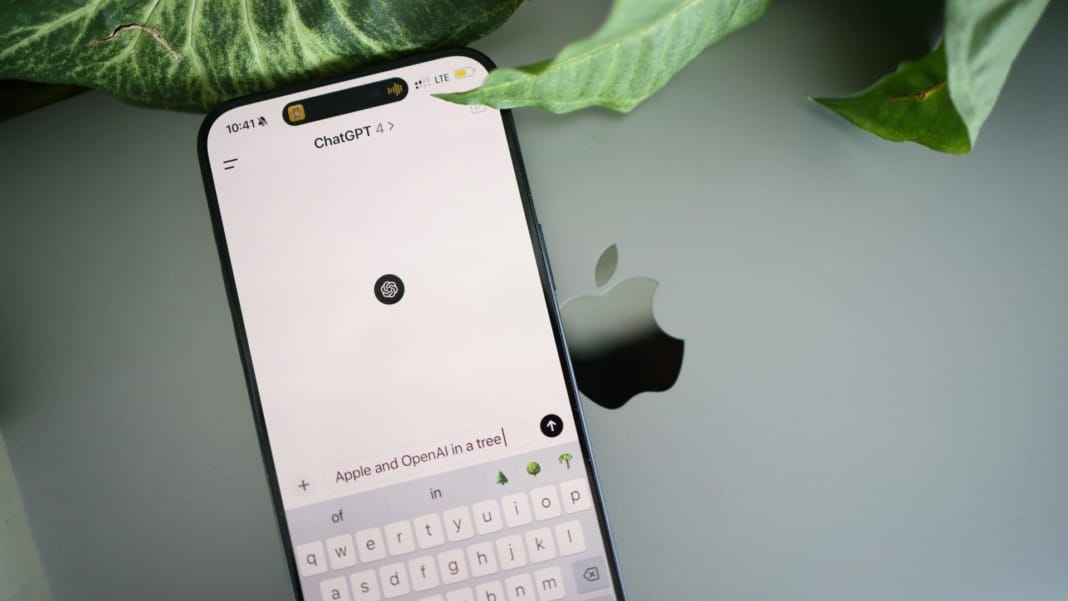Apple has been relatively tight-lipped about its plans for integrating generative AI into its products. However, the recent unveiling of a new series of AI models suggests that the tech giant is aiming to bring AI capabilities directly to its devices.
On Wednesday, Apple researchers introduced OpenELM via the Hugging Face model library. OpenELM, which stands for “Open-source Efficient Language Models,” includes four different sizes of AI models, ranging from 270 million to 3 billion parameters. These parameters determine the model’s decision-making ability based on the data it has been trained on. Unlike larger models from competitors like Microsoft’s Phi-3, Apple’s smaller models are designed to be cost-effective and efficient, suitable for running on personal devices such as smartphones and laptops.
Apple’s page on Hugging Face highlights OpenELM’s prowess in handling text-related tasks efficiently, such as composing emails, which suggests a practical application for everyday device use. Although the models are currently open source for developers, this move indicates Apple’s focus on enhancing device performance with AI technology.
In a statement in February, Apple CEO Tim Cook hinted at the future inclusion of generative AI features in Apple devices. He mentioned that the company is dedicating significant time and effort to AI development, although details on specific AI functionalities Apple might integrate remain undisclosed.
Besides OpenELM, Apple has a history of developing various AI models. In December, it launched MLX, a machine learning framework designed to optimise the performance of AI models on Apple Silicon. Another innovation, MGIE, is an image editing model that allows photo adjustments through simple prompts. Additionally, the Ferret-UI model has been developed to improve smartphone navigation, and there are rumours that Apple is developing a code completion tool akin to GitHub’s Copilot.
Interestingly, despite these advancements, Apple has reached out to major AI players like Google and OpenAI to potentially integrate their models into Apple products, showing a willingness to blend external expertise with its in-house developments.
In the realm of AI, Apple’s strategy appears to be geared towards creating a seamless user experience by embedding AI functionality directly into its devices, making technology more accessible and efficient for everyday tasks.





